If you are going to the museum, you should see this
ONE OBJECT
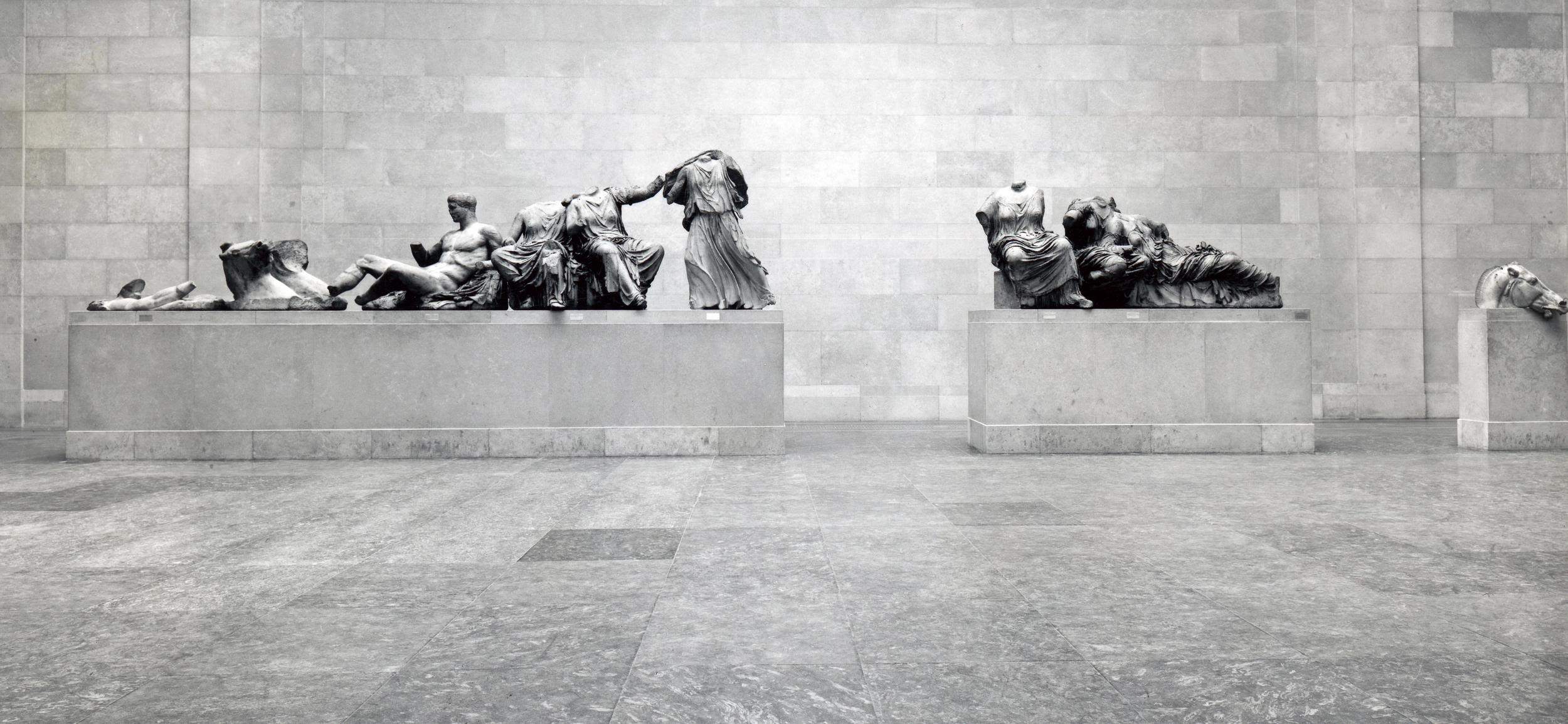
There is a hall in the British Museum that houses a variety of sculptures from Ancient Greece.
Some sculptures are fully formed, others are still heavily attached to their architectural supports.
Created in the 5th century BC, all of these sculptures set a new standard of how to accurately craft a likeness of the human body, originally set within the confines of an awkward display space.
These days, the Parthenon sculptures are given a large gallery room to spread out in, but the figures were initially created for the triangular pediment space atop the entryway on the Parthenon.
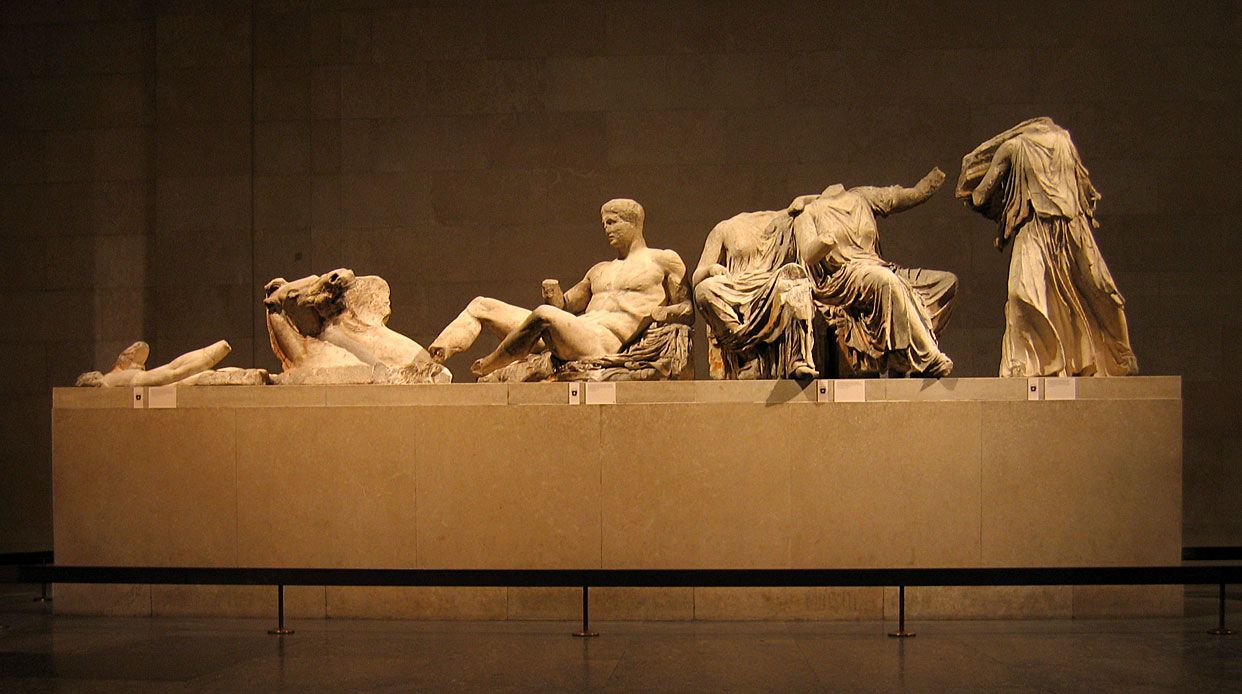
Like so many Greek sculptures, we viewers are asked to fill in the blanks, with missing limbs and heads--Apollo’s body, aside from his outstretched arm is missing altogether.
What does remain are fragments of bodies in stone that seem to move with living ligament and bone, incredible observed anatomy, bodies with easy, distributed weight. Even the heavy drapery of the women's dresses reveals the idealized forms beneath.
Looking at the sculpted group of goddesses, Hestia, Dione, and Aphrodite, we may miss their heads, arms, and legs, but look at the clinging fabric that is the star of the show! The drapery reveals an absolute mastery of anatomy with beauty and grace.
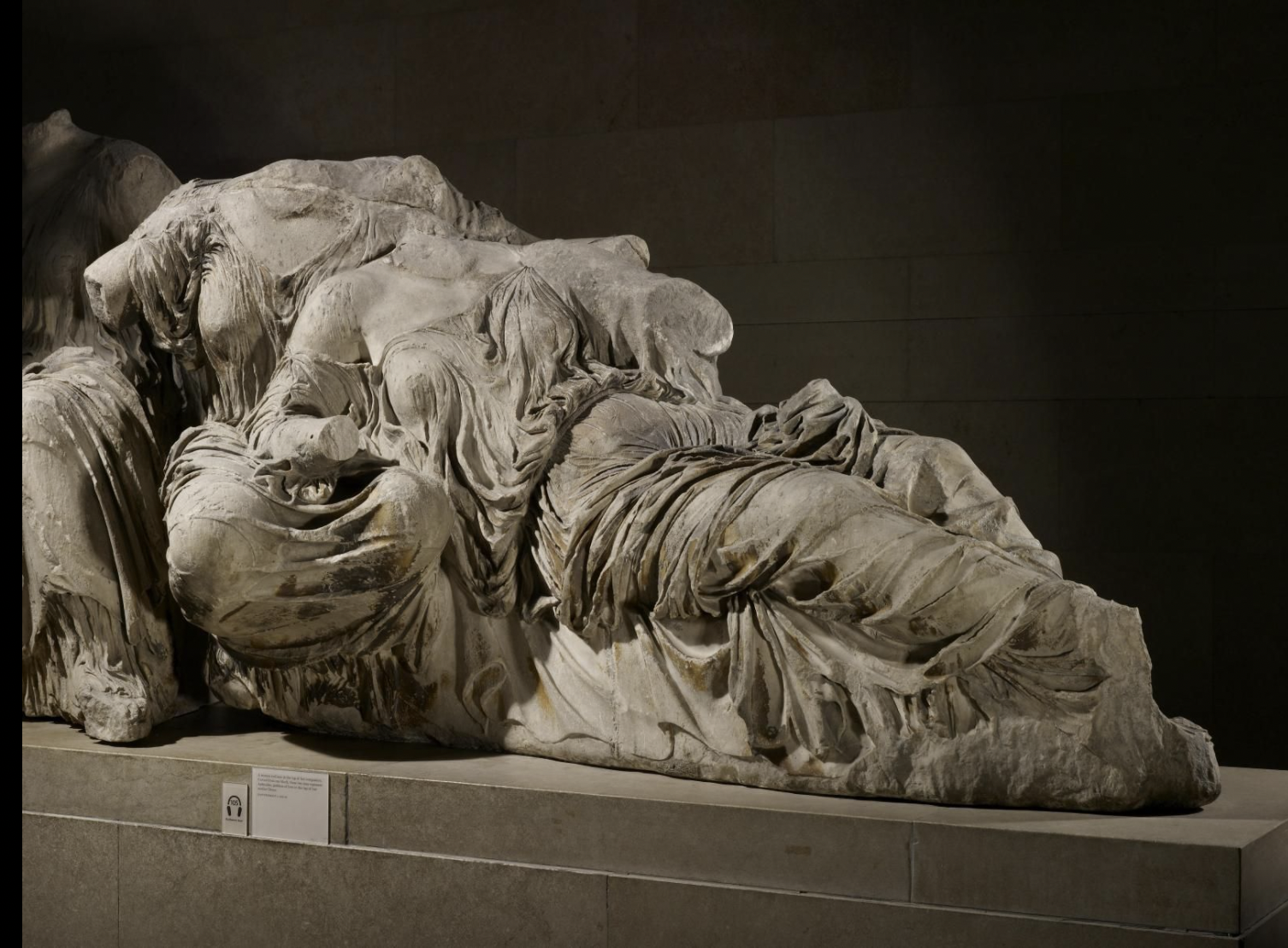
Reclined Female Figures from the Parthenon: Hestia, Dione, and Aphrodite?
Reclined Female Figures from the Parthenon: Hestia, Dione, and Aphrodite?
All sculpted in 438 BC!
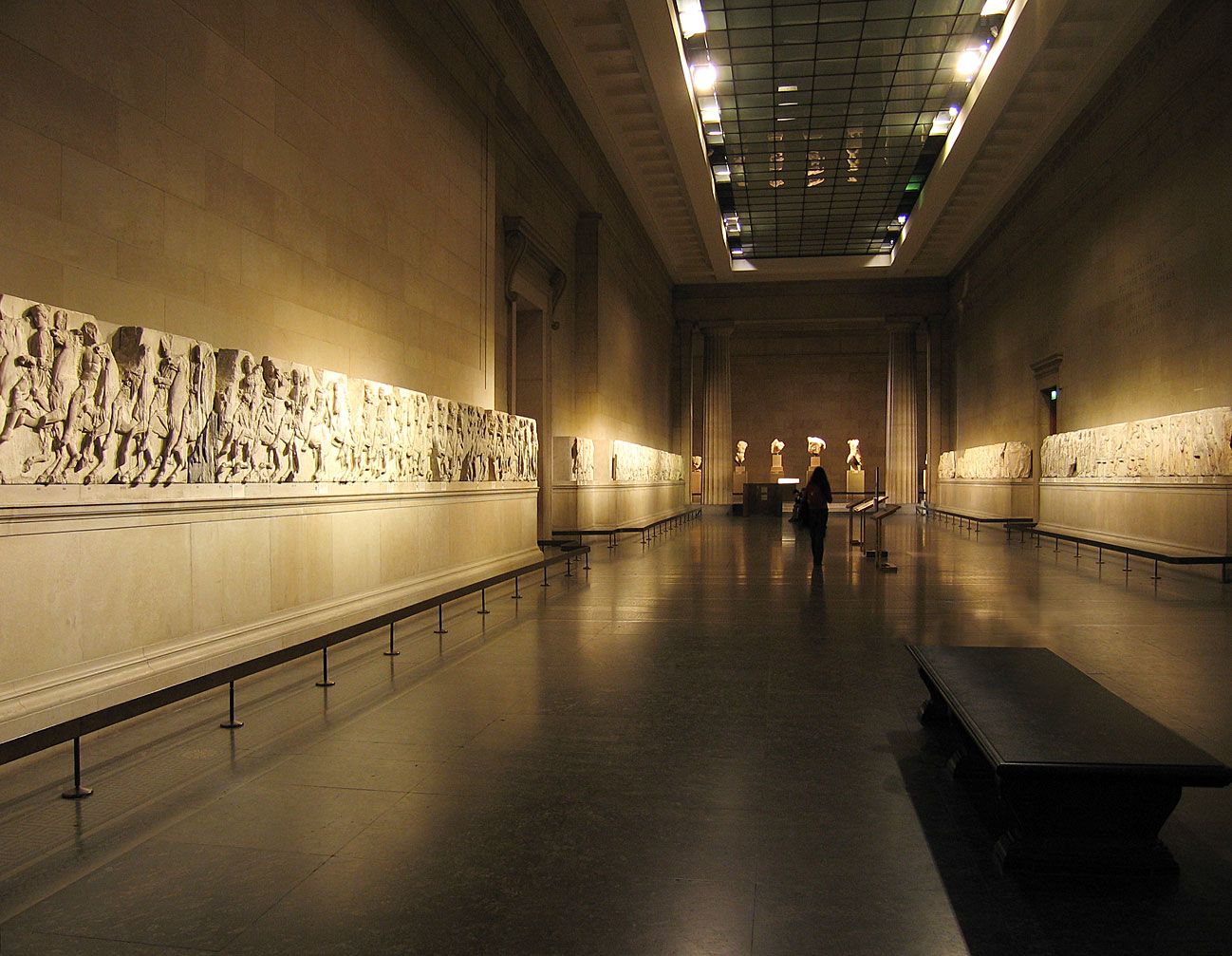
Photo by Nicole Baster on Unsplash
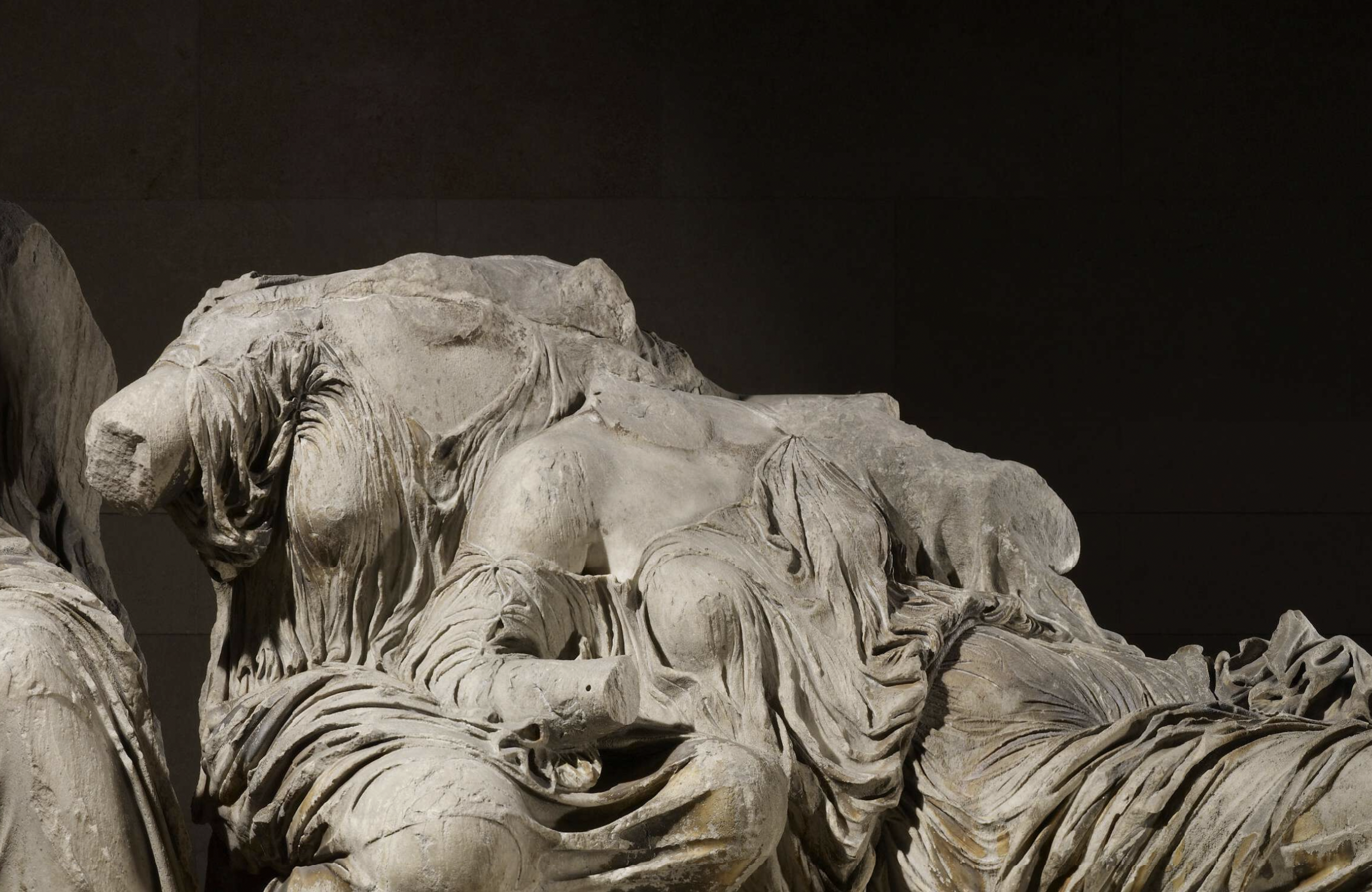
The Parthenon was originally covered with sculptures of human figures.
Greek Gods were carved in pediment sculpture over each of the four Parthenon entryways and displays of Greek battle scenes were carved on metope panels on the building.
A long religious procession of Athenians was carved in one long strip along the sides of the building.
In 467 BC, the Athenians faced the world’s largest military threat—the Persian Empire.
With the support of fellow Greek allies, the Athenians surprised even themselves in their victory over the Persians.
With this underdog victory, the Greek victors saw themselves anew. The Athenians achieved the impossible in battle; could they now exceed all expectations in their hard-earned era of peace?
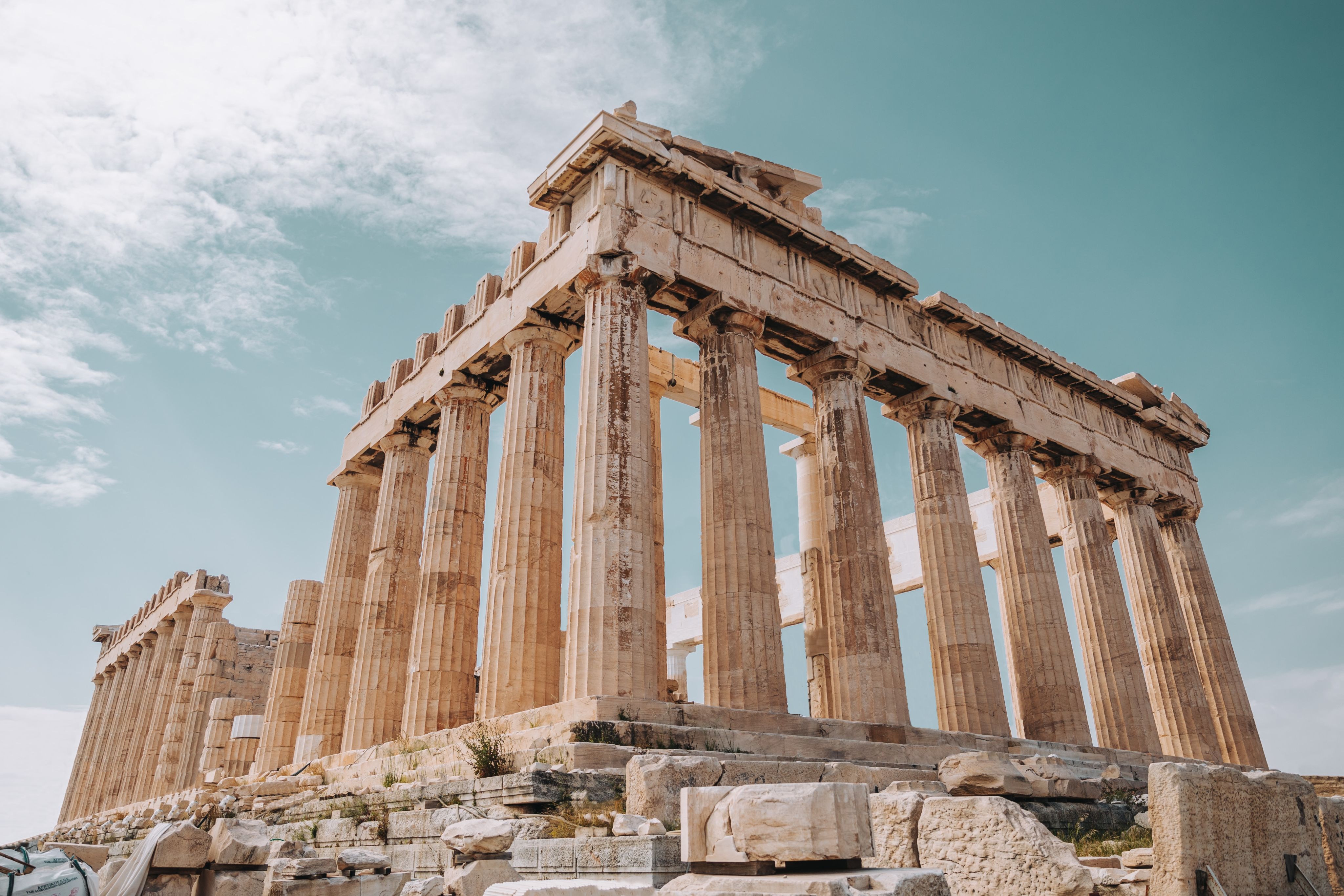
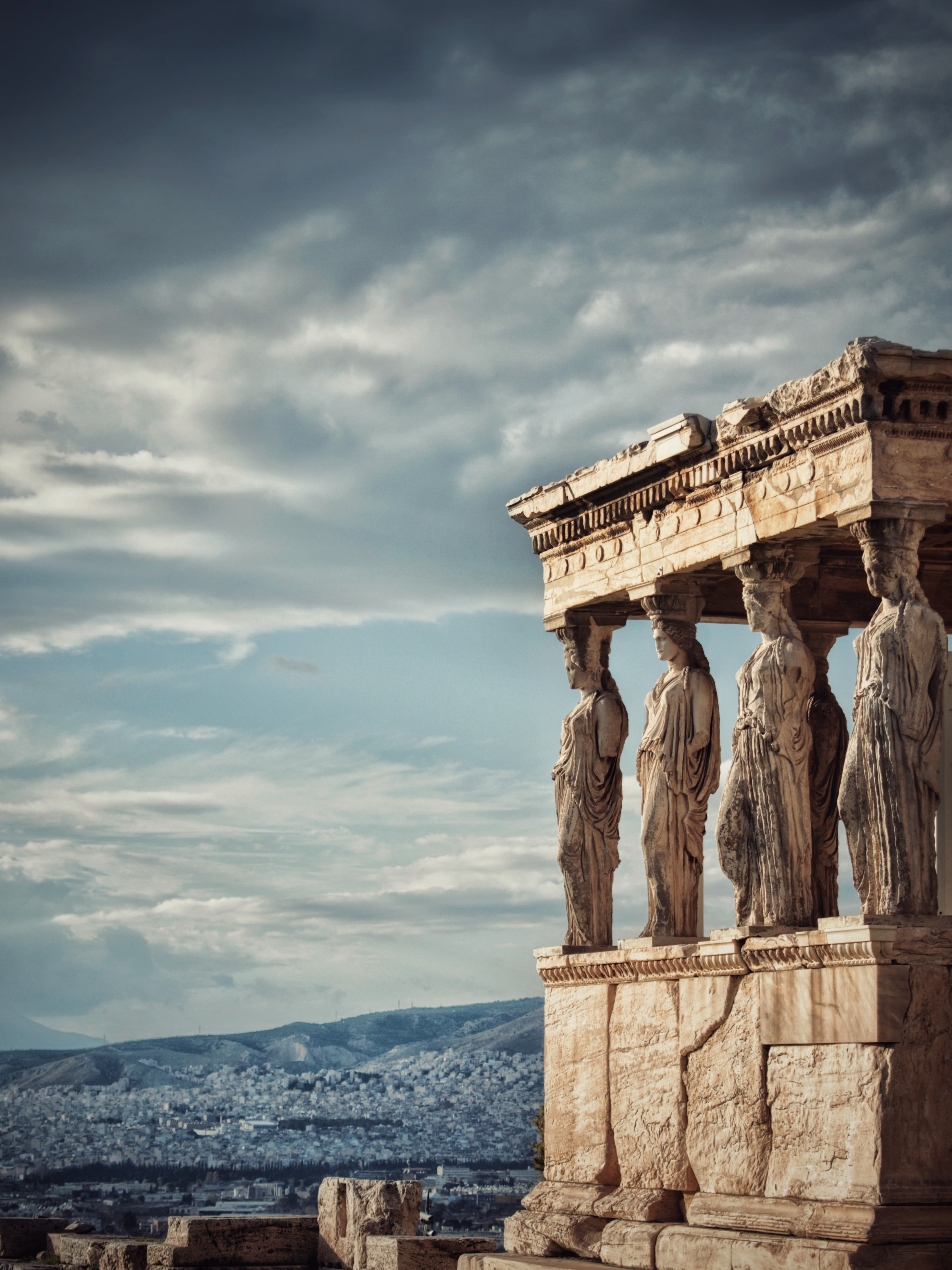
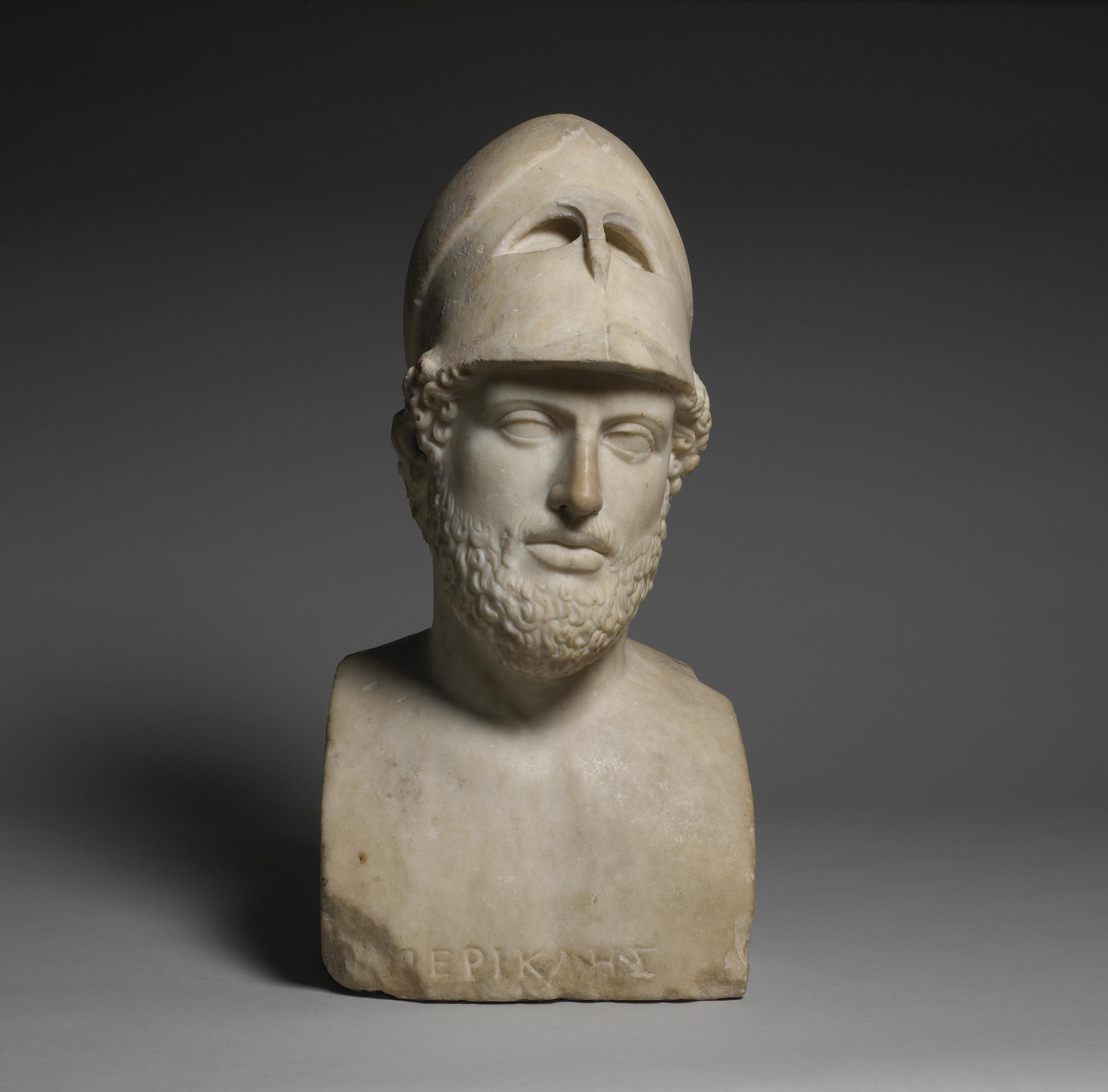
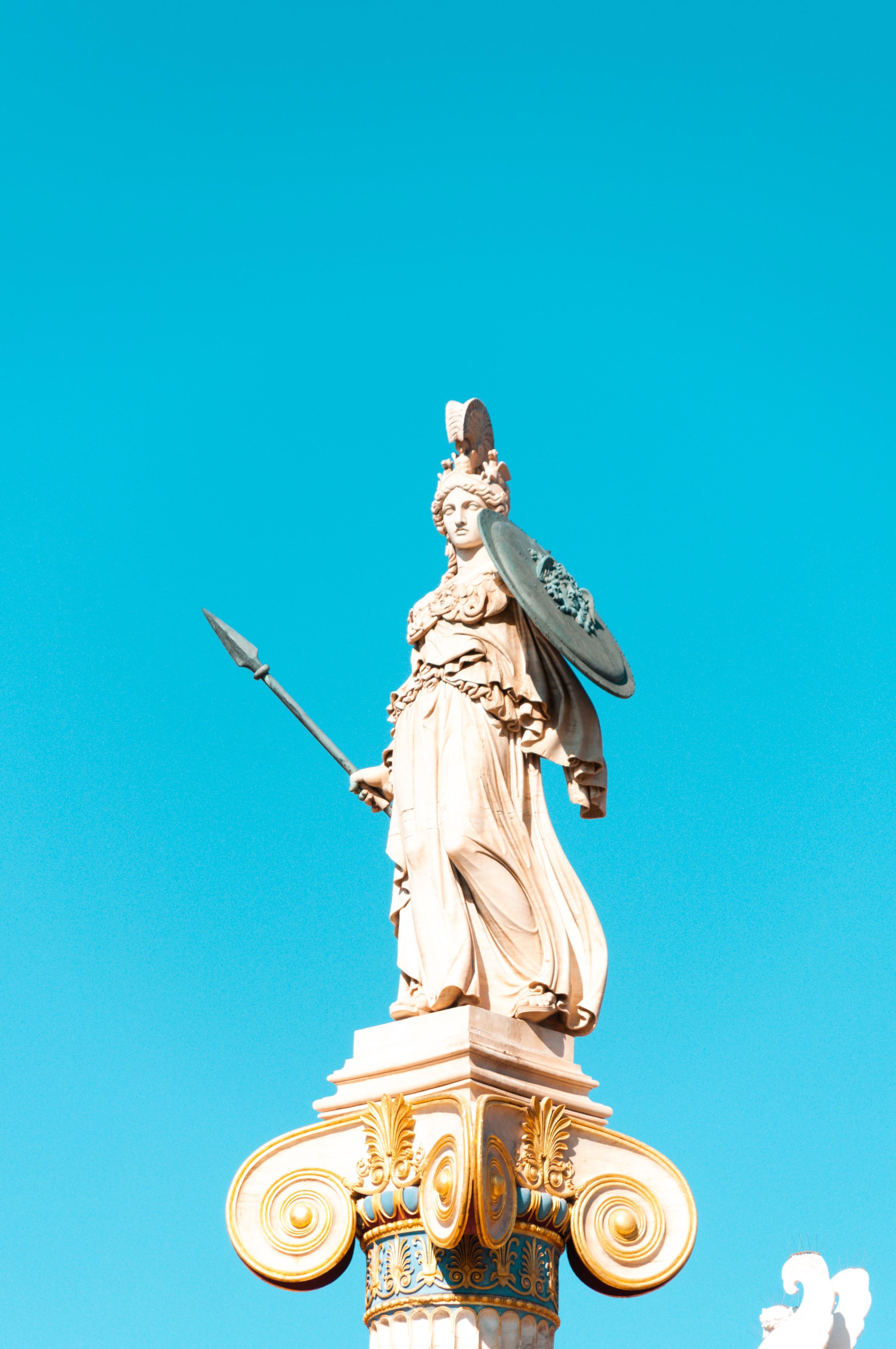
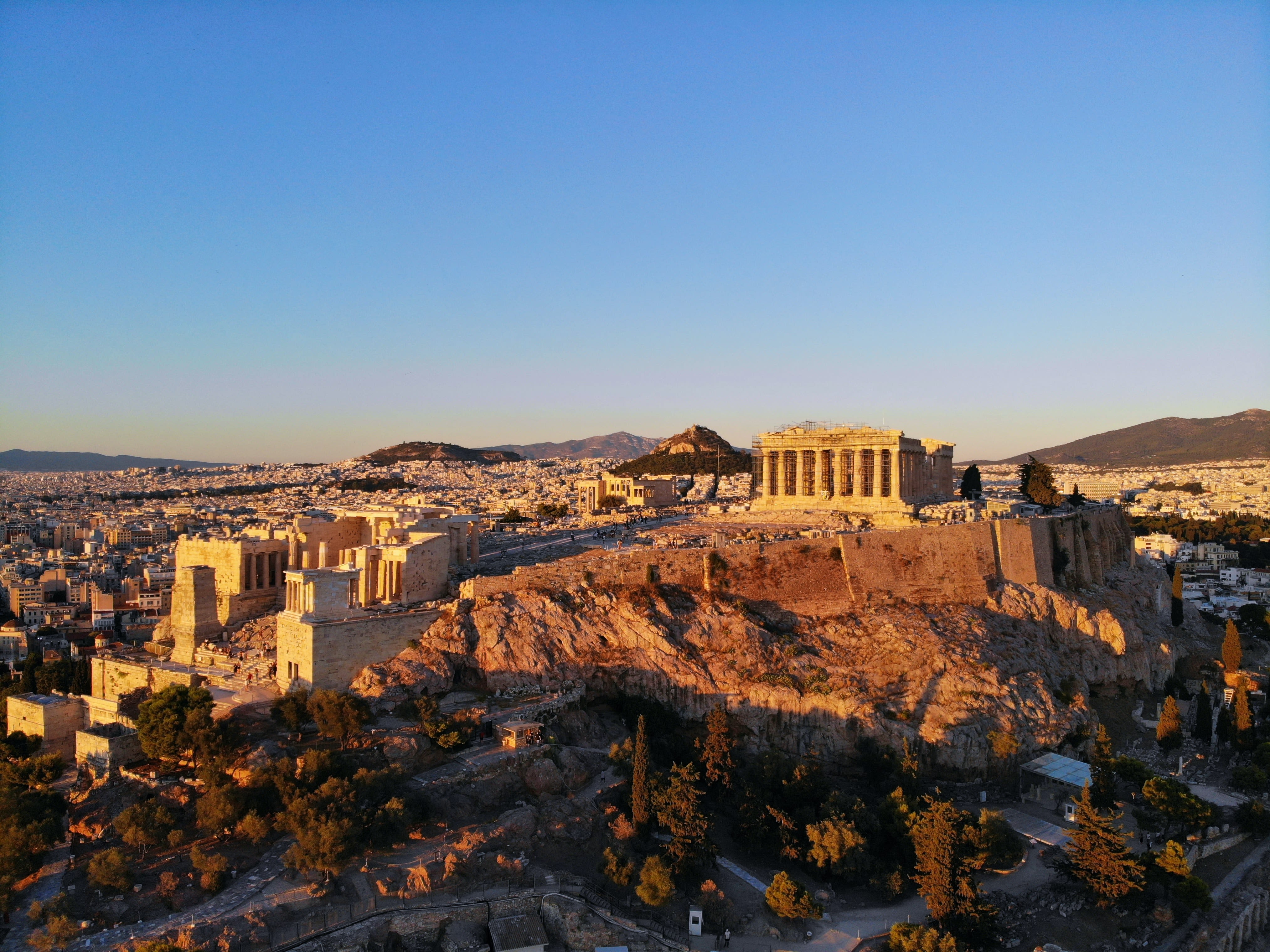

Photo by Spencer Davis on Unsplash
Photo by Spencer Davis on Unsplash

Photo by Sergio García on Unsplash
Photo by Sergio García on Unsplash

Pericles, fearless leader of the Athenians
Pericles, fearless leader of the Athenians

Photo by Dimitris Kiriakakis on Unsplash
Photo by Dimitris Kiriakakis on Unsplash
With a swagger in his step, the Athenian general, Pericles directed his countrymen in a new pursuit: To build the Acropolis. This project was a religious tribute to the gods and a cultural tribute to the Athenians. The Greeks built such structures to honor the gods who gave divine assistance in the Persian War.
Through the construction of this enormous, multi-faceted, labor-intensive Acropolis, Architects and sculptors created new artistic norms: the proportions of the architecture had geometrical harmony, the sculpted human figures now captured observed and understood anatomy, and the subjects reflected the Athenians confidence that they were superior to all and the only company worthy of their notice were the gods themselves.
The Acropolis, masterfully built and carved in shining marble, stood as a testament to the ambition and possibility of the Athenians.
Pericles and his fellow Athenians dutifully made plans to honor the gods for their win. But controversy rose as to which god was the correct one to commemorate?
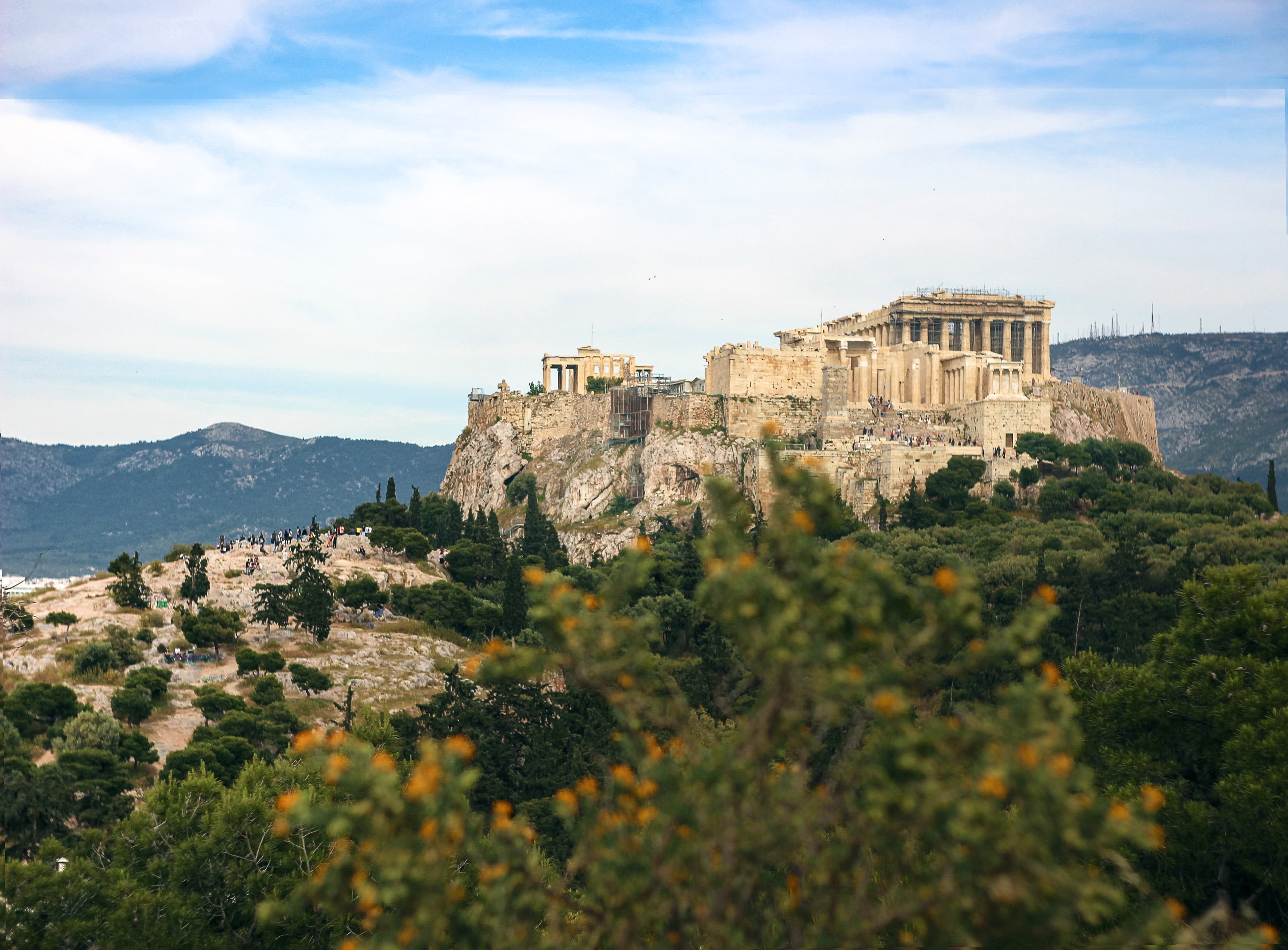
Photo by Anna Kurmaeva on Unsplash
According to Greek legend, Athena and Poseidon were vying to be the patron deity of the Athenians.
Both promised gifts if they were chosen:
Poseidon promised a salt-water spring, Athena, an olive tree. Athena’s tree was the sensible choice, and as the winner, became the patron goddess and namesake of Athens
That is why all of the buildings at the Acropolis, including the Parthenon, the Erechtheion and the Sanctuary of Athena Nike, are dedicated to the worship of Athena.
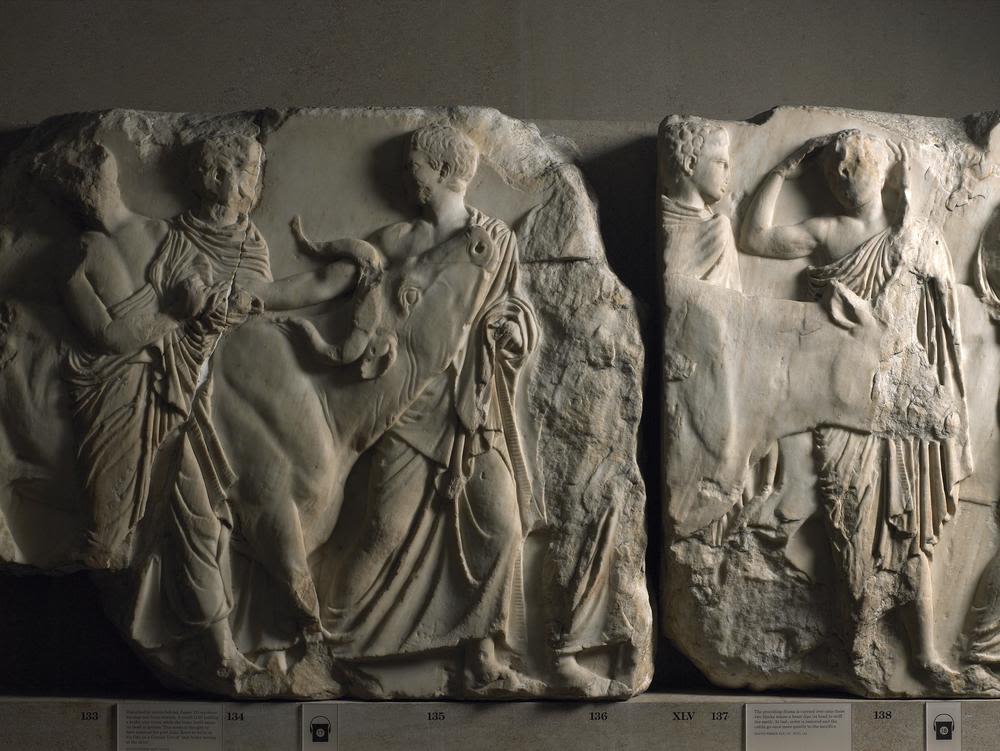
In the 19th century, the English diplomat and classical enthusiast Lord Elgin removed half of the sculptural panels and figures from the Parthenon pediments, eventually selling the lot to the British government.
The marbles continue to be housed in the British Museum, and the hot debate continues: did the marbles survive only because they were rescued by Lord Elgin from further damage, or did Lord Elgin wrongfully steal these remnants of Greece?
The Greek government is adamant that these sculptures should be restored to their homeland and have built museum spaces to receive them. The British Museum firmly claim legal right to the marbles and have only offered to share them on loan. The controversy continues!
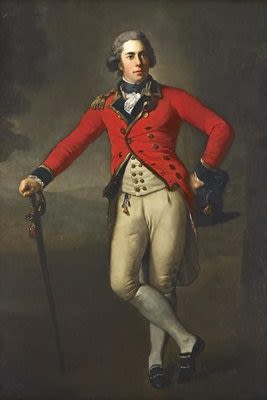
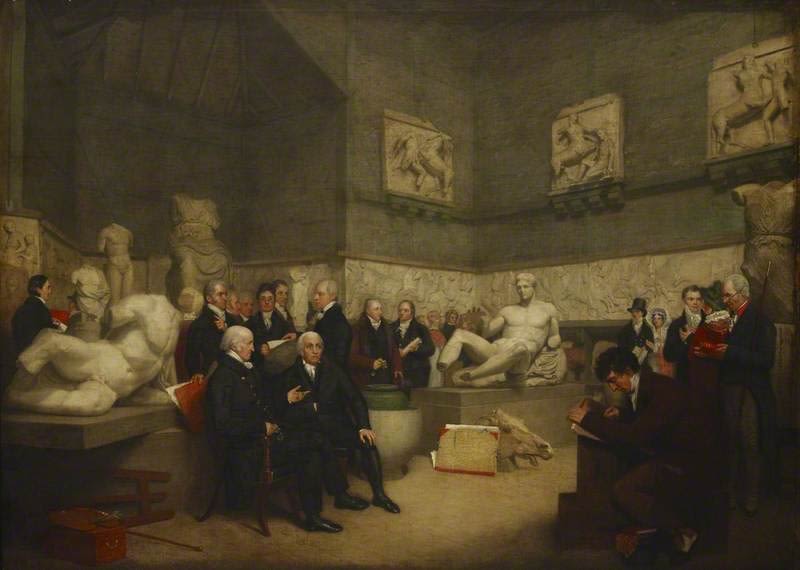
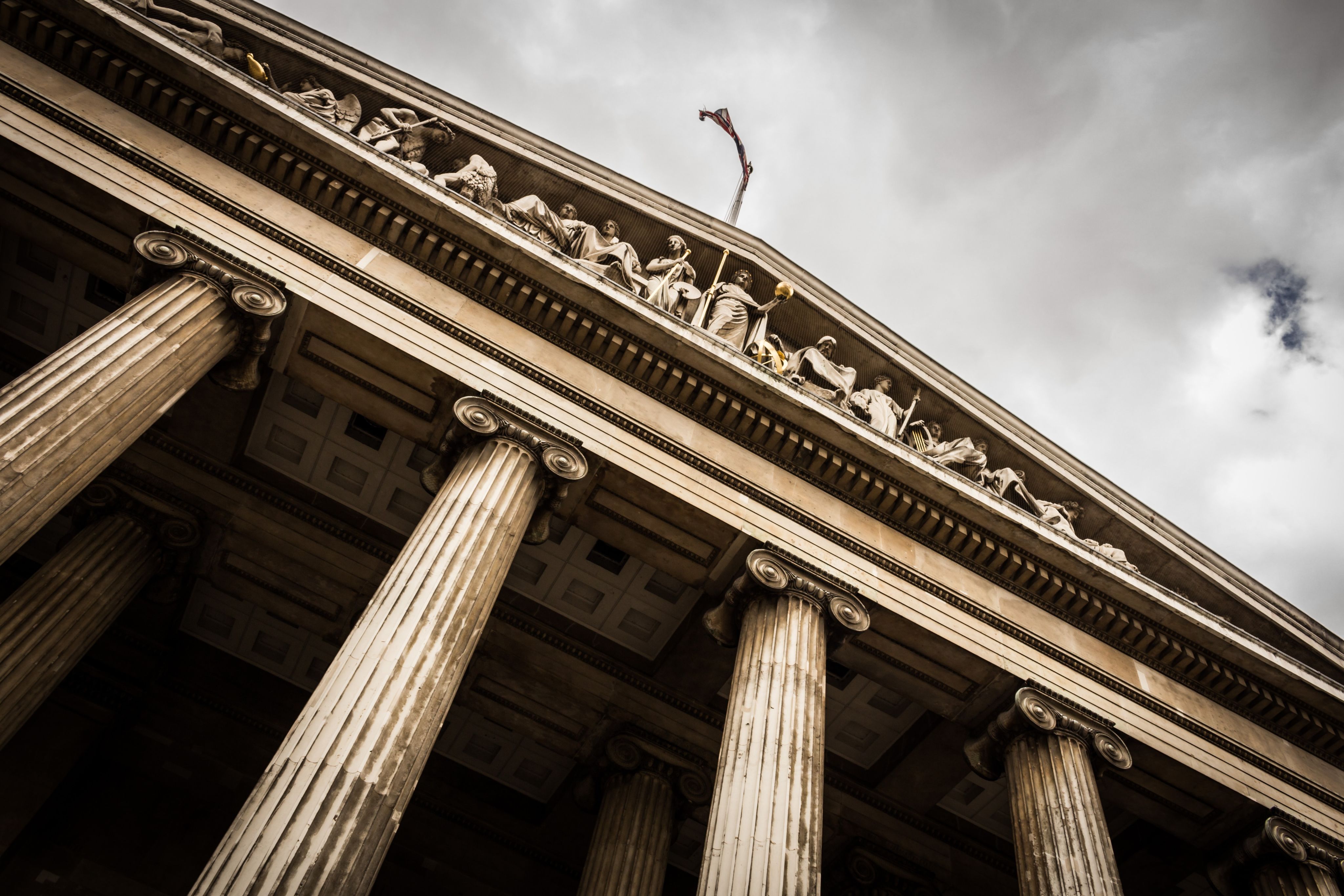
Photo by Sebastian Pichler on Unsplash
Photo by Sebastian Pichler on Unsplash
